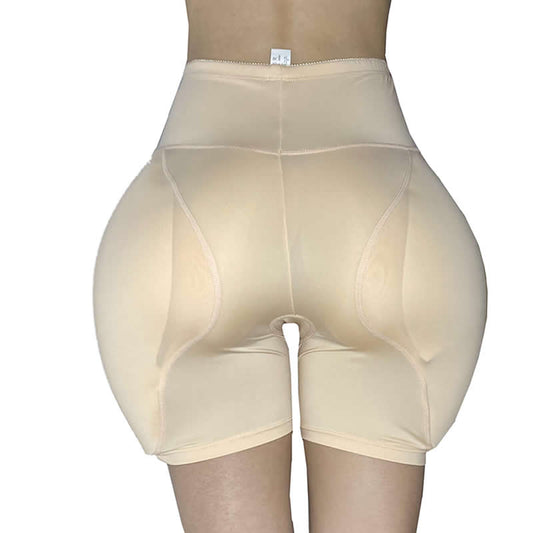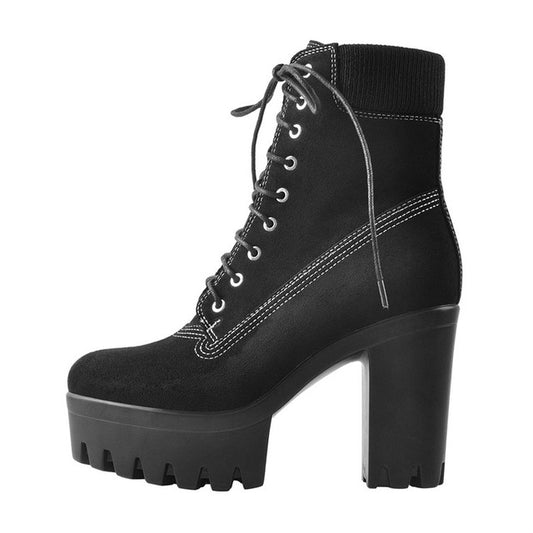The Enchanting Odyssey of Drag: Unmasking Its Evolution through Time
Ancient Greece: Picture this: Ancient Greek theaters, a realm where women were forbidden from treading the boards. Enter male actors, gracefully donning the roles of women, setting the stage for the mesmerizing art of female impersonation. Even in religious ceremonies, men and boys embraced drag, sprinkling theatrical magic in the earliest forms of entertainment.
United Kingdom: Travel to Renaissance England, where women faced a stage ban, compelling men and boys to steal the limelight in female roles. Enter pantomimes, the epitome of late 1800s to mid-1900s entertainment, boasting the iconic pantomime dame. Beyond the footlights, Molly houses of the 1800s provided a clandestine refuge for gay men donned in drag.
South Africa: Fast forward to the 1950s in South Africa, where drag emerged as an underground haven during the oppressive Apartheid era. The LGBTQ+ community found solace in drag pageants, a clandestine rebellion against laws criminalizing homosexuality.
Thailand: Post-decriminalization of homosexual acts in 1956, Thailand witnessed the birth of its first drag shows. Surprisingly, these shows drew inspiration from Filipino drag queens, laying the foundation for Thailand's vibrant drag scene, especially in bustling cities like Bangkok.
Philippines: Rewind to pre-Spanish colonization, when men embracing women's attire was a national norm. Despite Spanish suppression, the early 1900s saw drag resurface in media, imprinting its mark on national pantomime theatre.
Canada: Embark on a Canadian escapade in the 1940s, featuring John Herbert, a drag enthusiast caught in a dramatic attempted robbery. The Canadian stage saw its first drag-centric play, "Hosanna," in 1973, paving the way for a future of diverse performances.
India: Fast forward to post-2018, following the decriminalization of consensual homosexual acts in India. Witness the rise of drag culture in mainstream art, with drag luminaries like Maya the Drag Queen and Rani Kohinoor gracing stages across Mumbai, Delhi, and Bangalore.
United States: Now, a transatlantic leap to the United States, where William Dorsey Swann orchestrated drag balls in the 1880s, earning the title "the queen of drag." Delve into the influence of minstrel shows, shaping vaudeville and welcoming the era of female impersonators. As LGBT culture gained ground, drag morphed from dimly-lit corners to vibrant nightclubs, evolving into an integral part of the community's identity.
Embark on this kaleidoscopic journey through the annals of time, where drag has woven itself into the fabric of self-expression and acceptance, painting the world in hues of glitter and courage.





